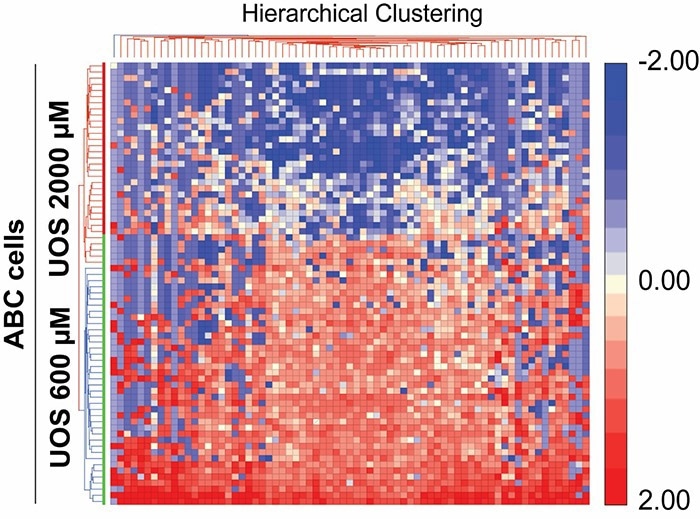Researchers at the LSU Health New Orleans Neuroscience Center of Excellence have created a novel, experimental human cell line from retinal pigment epithelial cells, under the supervision of Boyd Professor Nicolas Bazan, MD, PhD.

Image Credit: LSU Health New Orleans
The research group has demonstrated that these cells, known as ABC, are a reliable cell system to investigate retinal degenerative illnesses because they so closely mimic and retain the characteristics of native retinal pigment epithelial (RPE) cells. Their research is available online in Frontiers in Neuroscience.
RPE cells, which make up the blood/retina barrier, are made of retinal pigment epithelial tissue. They maintain the health of the vision-essential photoreceptor cells.
Retinal pigment epithelial cells and photoreceptor cells are at constant risk for uncompensated oxidative stress because of their oxygen-rich environment, a high flux of polyunsaturated fatty acids, and high metabolic activity. Impairments in RPE cell protection may lead to retinal degenerative diseases, including age-related macular degeneration (AMD).”
Nicolas Bazan, MD, PhD, Boyd Professor, Neuroscience Center of Excellence, LSU Health New Orleans
The development of the novel cell has made it possible to examine biological processes related to the removal of oxidative stress-damaged cell structures during normal healing.
“This new cell line also facilitates the search for mechanisms of senescence gene programming and the unraveling of the relationship between these mechanisms in the normal cycle of a cell for neuroprotection and cell survival,” Bazan adds.
As per the Library of Medicine, “Age-related macular degeneration (AMD) is the most common cause of blindness prevalent in developed countries, particularly in people older than 60 years. It accounts for 8.7% of all types of blindness worldwide.”
There may be added benefits of this new cell line.
Bazan, who is also the inaugural founder of the Ernest C. and Yvette C. Villere Chair for Retinal Degenerative Diseases, says, “RPE cells also share features with brain cells.”
“This similarity is currently being used to convert RPE cells into photoreceptors for cellular replacement therapies in blinding eye diseases, and the new cell would be a good candidate for that purpose. This cell line may also be used to more precisely uncover the fundamental mechanisms of neurodegenerative diseases such as Alzheimer’s,” he added.
Source:
Journal reference:
Asatryan, A., et al. (2022) New Retinal Pigment Epithelial Cell Model to Unravel Neuroprotection Sensors of Neurodegeneration in Retinal Disease. Frontiers in Neuroscience. doi.org/10.3389/fnins.2022.926629.